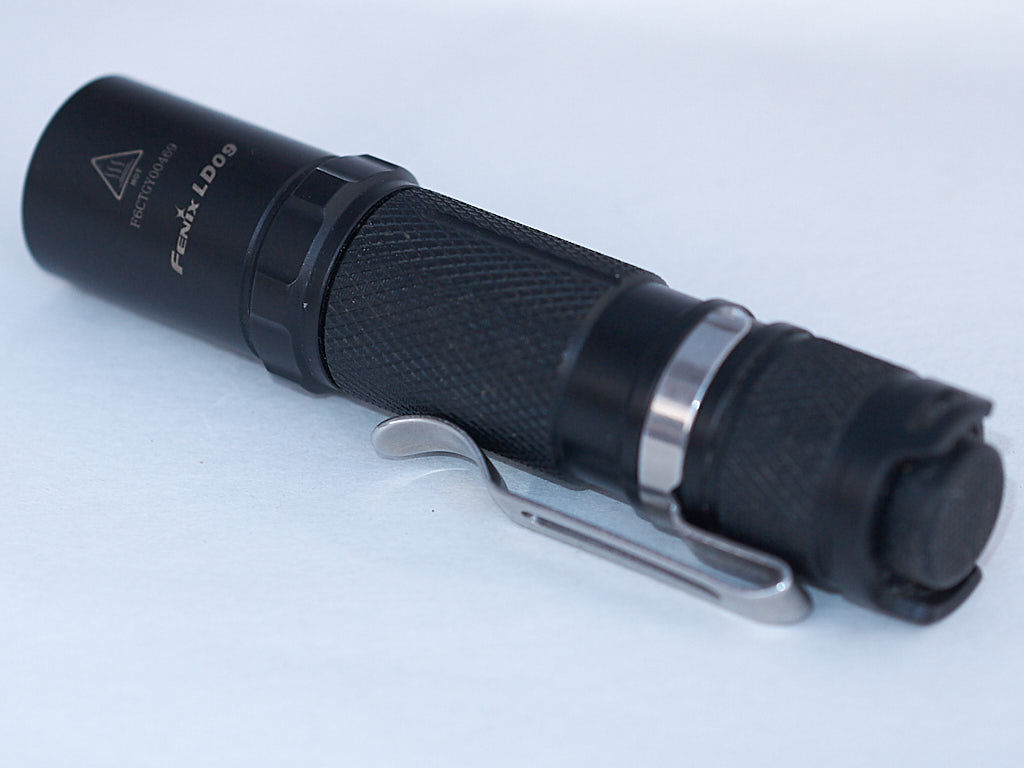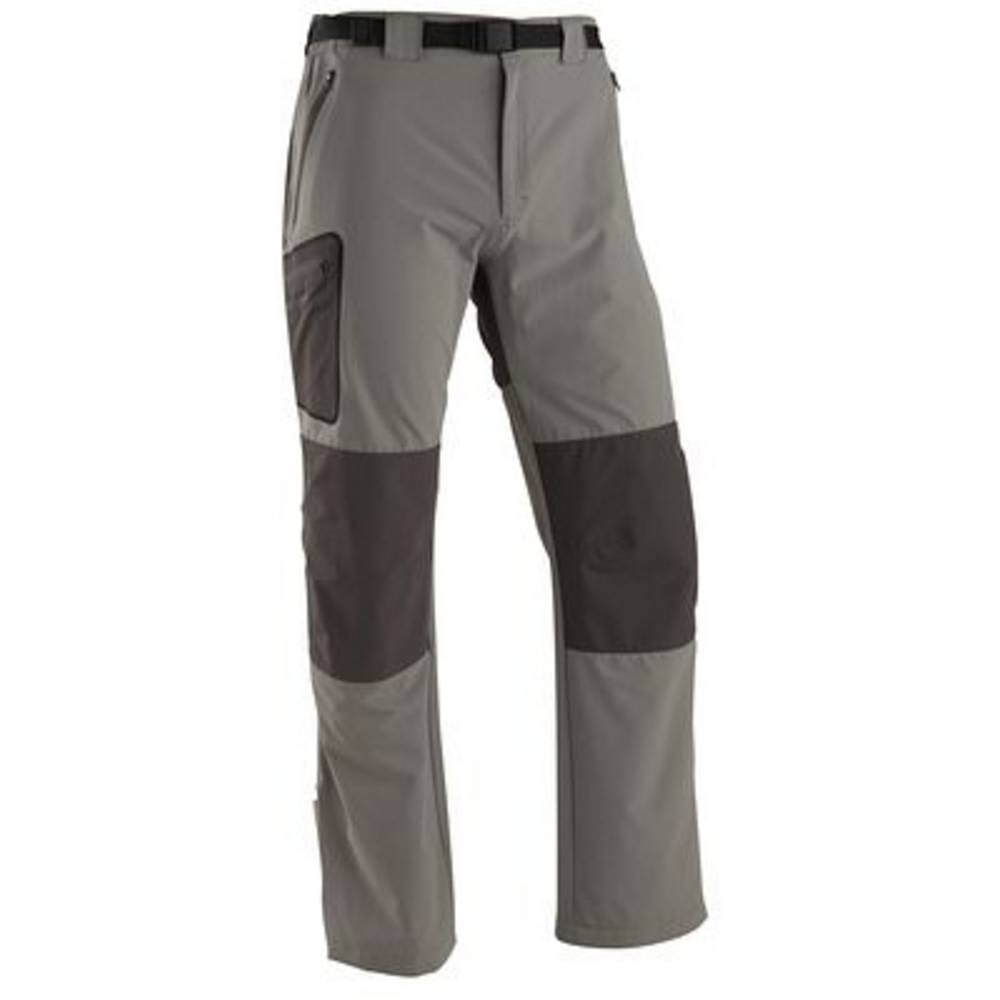Decathlon Quechua Forclaz 50 speed backpack review

Backpack manufacturers often seek to find a balance between durability and weight. Yet most Indian trekkers prefer durability over shaving weight, and the trekking gear that is available in India reflects this buying attitude.
Table Of contents
- Introduction
- Backpack Features
- Missing Backpack Features
- Specifications
- Field Conditions
- Backpack Frame
- Backpack Suspension
- Backpack Organisation
- Backpack Fabric, Stitching & Build
- Backpack Fit
- Long Term Report
- Conclusion
Introduction
Manufacturers e.g. wildcraft seldom list the item weight on their product page, because weight is often not an important consideration for most buyers. Yet, I am always looking at ways to shave weight from my pack. Less weight means more speed and thus a safe trek. Also, I enjoy nature more when I’m less bogged down by the weight on my backs. Therefore, when Decathlon launched its lightweight “Speed” backpack, I jumped at the chance to see if it is any good.
Decathlon markets the Quechua Forclaz Speed 50 as a lightweight backpack designed for a hiker is willing padding for reduced weight. The description is spot on because the Forclaz Speed 50 tips the scales at just over a kilo at 1080 grams. To put this weight is perspective; most 50-litre backpacks available in India weigh between 1.7 and 2.2 kgs. Even Decathlon India’s other 50-litre backpack, the Forclaz Easyfit comes in at whopping 1.75 kgs. So what is it that we gain and lose for this significantly reduced backpack weight?
Backpack Features
- Top pocket.
- Large front pocket.
- 2 mesh sleeves on the sides.
- 2 small belt pockets.
- Trekking pole/ice axe loop.
- 4 compression straps.
- Hip belt.
- Sternum strap.
- Load adjuster straps.
- Hydration pocket and sleeve.
- Hand grip loop.
- YKK Zippers with pull stops.
- External lashing cord.
Missing Backpack Features
- Sleeping bag compartment.
- Rain cover.
- Adjustable back suspension.
- No colours other than blue/yellow.
Specifications
- Manufacturer – Decathlon (Quechua)
- Model – Forclaz Speed 50
- Colour – Blue / Yellow
- Weight – 1080 grams
- Manufactured – 2015
- Purchase – September 2015, Decathlon store, Zirakpur (Punjab)
- Price – Rs. 4799
Field Conditions
I tested this pack for seven months on over 30 treks in the Indian Himalaya. I trekked with this backpack in autumn and winter at elevations ranging from 2000 to 4400 meters. The weather conditions were cold and the terrain was rock, snow and ice. The lowest temperature recorded on these treks was -11 degrees C and the highest elevation achieved was 4392 metres.
Backpack Frame
Quechua’s Forclaz Speed 50 is a lightweight backpack with an internal full contact back frame, made up of two components:
- A lightweight aluminium skeleton.
- A ribbed and contoured, full-contact back panel made of foam.
The aluminium hollow pipe skeleton helps the backpack retain its shape and it is removable. The non-removable foam back panel is ribbed and enclosed in mesh for better ventilation. The aluminium frame and the contoured back panel ensures the backpack sits snug against the back. Even on difficult climbs such as the winter ascent to Indrahar pass, I did not feel any weight shift in my backpack. Nevertheless, on a humid day the ventilation was inadequate and my back was sweat-drenched after a few hours on the trail.
Types Of Backpack Frames
Backpack frames can be broadly classified as
- A full-contact back.
- Full ventilation.
- Adjustable system.
A full-contact back frame allows the pack to sit close to the body. This means that the load is carried closer to the users’ centre of gravity. Backpacks with full contact backs are ideally suited for mountain sports that are motion intensive such as mountaineering, climbing and ski touring. Pros: Freedom of movement Cons: Less ventilation on the back. Manufacturers use airflow tunnels and ribbed designs to help improve ventilation on a full-contact back design.
Backpack Suspension
The Forclaz Speed 50 backpack has no fancy adjustable suspension. The suspension is fixed and the shoulder straps are stitched straight to the backpack frame. This lack of adjustable suspension is a conscious design decision to help keep the backpack weight down.
Types Of Backpack Suspension
Packs offer either adjustable or fixed suspension. Adjustable suspension allows you to fine-tune the fit of your pack to match your torso size. Many feature a ladder-type system of rip-and-stick closure that let you move the shoulder harness up or down in small increments. With a fixed suspension backpack the flexibility to match your torso size is minimal. Therefore, it is a good idea to load a fixed suspension backpack with real-life trekking gear and to try it on for a while, before the purchase. This “try before you buy” is the reason I prefer to visit physical Decathlon stores. The Forclaz 50 speed will fit most Indian males, 165 to 175 cm tall. However, do visit a Decathlon store for a pre-purchase check.
The shoulder straps on this pack are thin yet well padded. They sit comfortably for long hours despite their deceptively thin profile. I tested the pack with progressively heavier loads and found that with over 18 kgs in the pack the shoulder and hip straps started to dig in uncomfortably after a few hours. The sweet spot for this backpack is a weight of under 15 kilograms. The shoulder straps are length adjustable via plastic buckles. They also contain two daisy chain loops, which is a neat touch. These loops may be used to tie frequently used items such as a camera or a compass. A vertically adjustable sternum also sits on the shoulder strap. The sternum is stiff and does not shift on the move.
The pack also comes with a non-removable, lightly padded hip belt. Although the hip belt exerts no pressure points, I prefer more substantial padding along the hip belt. The hip belt features a small zippered pocket on both sides. These pockets are tiny and even pocketing a small device like a Garmin Etrex 20 GPS is a tough ordeal. A stretchier mesh fabric, could have made these pockets more usable and given the user, better access to frequently used items. The hip belt has slits cut off in the centre and it is an excellent design touch. These cuts aids ventilation and ensures a better fit for those of us with prominent hip bones.
Backpack Organisation
To keep the weight down, the Quechua’s Forclaz Speed 50 is one big pocket with no organisation. The pack has no separate sleeping bag compartment or a rain cover and I don’t miss either of these features because I seldom use them. The backpack has two access points; one at the top and another at the bottom. Frankly, the bottom access is a potentially catastrophic point of failure. I would rather suffer the inconvenience of having one access point than deal with a bottom access zipper failure in the middle of a trek.
The bag has four zippered pockets and two mesh sleeves. Since the two hip belt pockets have little or no practical utility, we are left with only two pockets; one on the front and another on the top. A small detail that I really miss in the zippered pockets is a key-hook. It is a convenience that gives me peace of mind and I appreciate having it. The mesh sleeves along the sides seem to have been put together as an afterthought. None of them are tall enough to hold a litre bottle and their elastic opening is not strong enough to keep a filled bottle from tipping over. This means water bottles in the mesh sleeves have to be cinched down using the compression straps to avoid them from falling out. Falling bottles can be dangerous and frustrating on a steep climb where retrieving a fallen bottle is usually not an option.
The backpack has a trekking pole/ice pick loop at the front. Two flexible cords support the loop and help lock the poles or ice pick in place. This works well. Do note that one has to pack down the trekking poles to their smallest size before strapping them in.
Backpack Fabric, Stitching & Build
Decathlon’s web site does not indicate the fabric used for this backpack’s construction other than it is a polyester and polyamide fabric. The fabric has a honeycomb pattern that gives it some rip stop ability. This honeycomb pattern also adds texture to the backpack and prevents it from slipping. The backpack’s bottom is made of fabric than is tougher than the one used for the body. The stitching is top-notch throughout and all potentially vulnerable areas are ruggedised with adequate cross-stitching.
Another feature that I like is the use of rubber inserts for the lower compression straps and the bag top. These rubber inserts do not fray and neither do they add weight. All zippers on this bag are YKK and come with pull stops made from an elastic cord. These pull stops allow these zippers to be operated with winter gloves. If I had to nitpick (and I will) then Decathlon could improve the stitching that connects the pack lid to the backpack frame. On my pack this stitching is starting to come apart.
Backpack Fit
The Forclaz Speed 50’s profile is long and narrow. It is not as narrow as mountaineering summit bags, but it does allow the arms to swing freely when walking. The pack comes with four horizontal compression straps, two on each side. These straps do their job and keep the bag cinched tight. Overall the bag feels compact and does not affect my centre of gravity. To keep the weight down, Decathlon has chosen the smallest possible snap buckles for the top lid, compression straps and the sternum strap. Doing and undoing these buckles with thick winter gloves is a chore and I often had to remove my gloves to clip or unclip these buckles.
Long Term Report
Since the design priority for this backpack is weight reduction as opposed to durability, I was unsure about how this bag would hold up against the rigours of winter trekking. Nevertheless, this backpack has put my doubts to rest and I am pleasantly surprised at how well this bag has held against branches, rocks, ice and snow. I do not mollycoddle my equipment and after 7 months and 30 treks later I have no rips, holes or zipper jams to report.
Yet, not everything is perfect and our backpack does show signs of wear and tear. The seams that connect the top lid to the backpack have stretched and come apart in a few places. The backpack also has a few micro scrapes and frays on the front fabric, but nothing that is a cause for concern. The mesh fabric along the shoulders has frayed at contact points but has not yet completely come apart.
Conclusion
Bag weight is a major yet oft-overlooked component in overall pack weight. With the Quechua Forclaz 50 Speed, Decathlon has shown that a backpack can be both durable and comfortable while being lightweight. I hope that other Indian manufacturers sit up and take notice.
As for the backpack itself, it is reasonably priced and offers great value. For the occasional trekker, I reckon this backpack will last around 3-5 years, barring a major mishap. 700 grammes is a huge weight saving equivalent to the weight of a down sleeping bag or a one-person single-walled tent.
In conclusion, if your gear weighs under 15 kilos and you need a backpack for a multi-day trek; then Quechua’s Forclaz Speed 50 is an almost perfect backpack for you.



